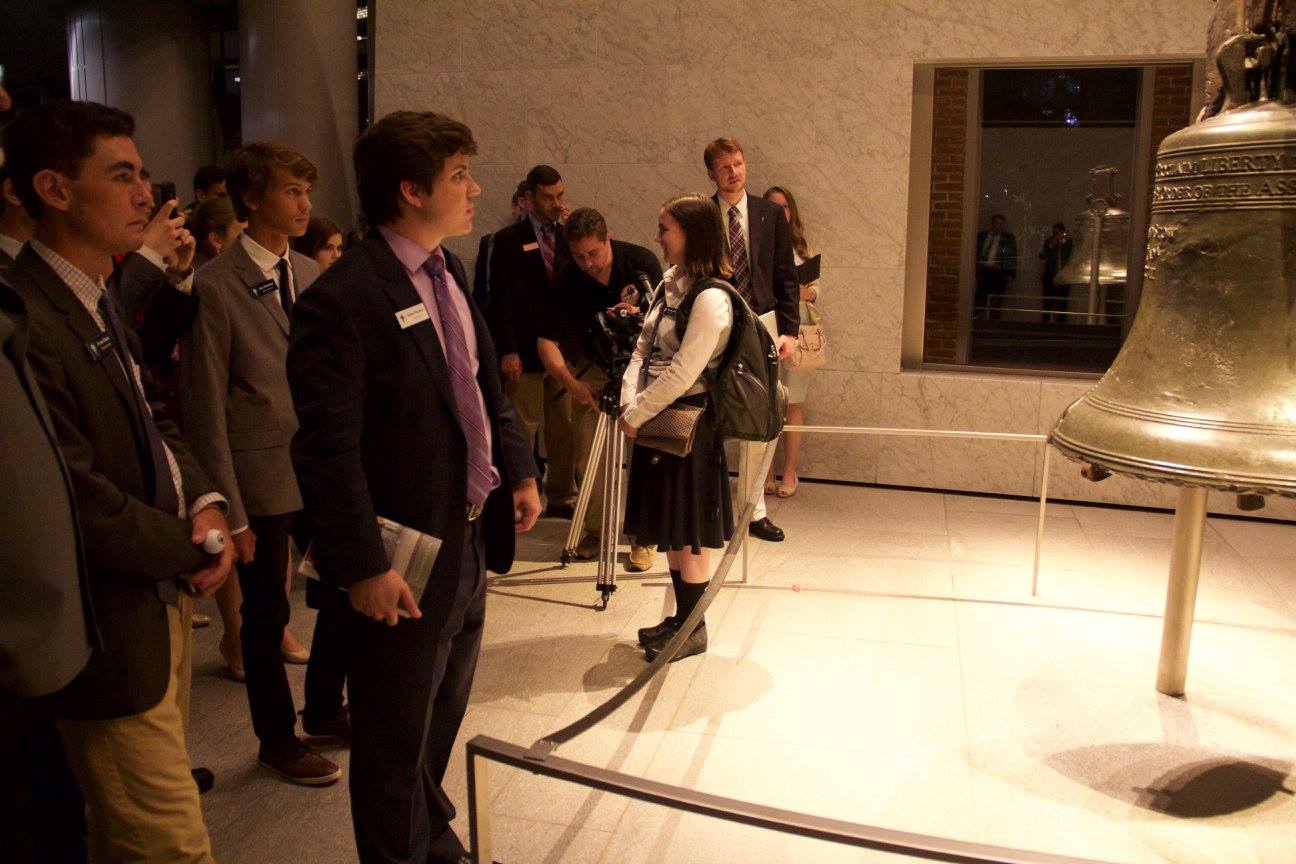 The Liberty Bell is an iconic part of America’s history.
The Liberty Bell is an iconic part of America’s history.
In 1751, on the 50th anniversary of Pennsylvania’s 1701 first charter of liberties the Pennsylvania Assembly ordered a bell from London to be used as part of the commemoration festivities. It arrived on September 1, 1752 and was hung in the tower of the State House in 1753.
Sadly, the bell cracked the first time it was pealed, so the local Philadelphia foundry of Pass and Stow melted down the bell and recast it. But many citizens were displeased with the sound of the bell, so it was once again melted down, recast, and then rehung in the tower.
It was originally known as the “State House Bell.” It was some fifty years after the Revolution, in the midst of the growing national divide over the slavery issue, that abolitionistsrenamed it the Liberty Bell. It was called this because of the Bible inscription from Leviticus 25:10 emblazoned around the top of the bell — “Proclaim Liberty Throughout All the Land Unto All the Inhabitants thereof.” Its new name was popular among the public and became its permanent name.
Across the years, the Liberty Bell rang many times in September as part of several notable events in American history. For example:
-
- September 1770 — It rang to assemble citizens, who passed a resolve stating that Parliament’s taxes violated the rights of Pennsylvania citizens.
-
- September 1777 — It was transported by wagon to the Zion Reformed Church in Allentown toprotect it from the British who, it was widely thought, would take the bell and melt it down to use for ammunition.
-
- September 1824 — It rang to welcome hero Marquis de Lafayette (who was visiting America) to Independence Hall.
 Of course, there were many other important times that the Liberty Bell was rung, including on July 8, 1776 to call citizens to assemble together outside the State House for a special announcement. At that time, the new Declaration of Independence was read to them by Col. John Nixon.
Of course, there were many other important times that the Liberty Bell was rung, including on July 8, 1776 to call citizens to assemble together outside the State House for a special announcement. At that time, the new Declaration of Independence was read to them by Col. John Nixon.
This month, we remember the famous Liberty Bell, named because of its Bible verse, as another example of the rich religious heritage of the United States.
Our nation’s history is full of wonderful stories like this one. At WallBuilders, we are often asked by legislators, courts, and schools to share such information about our rich moral, religious, and constitutional heritage.
For more awesome history,
be sure to check out













